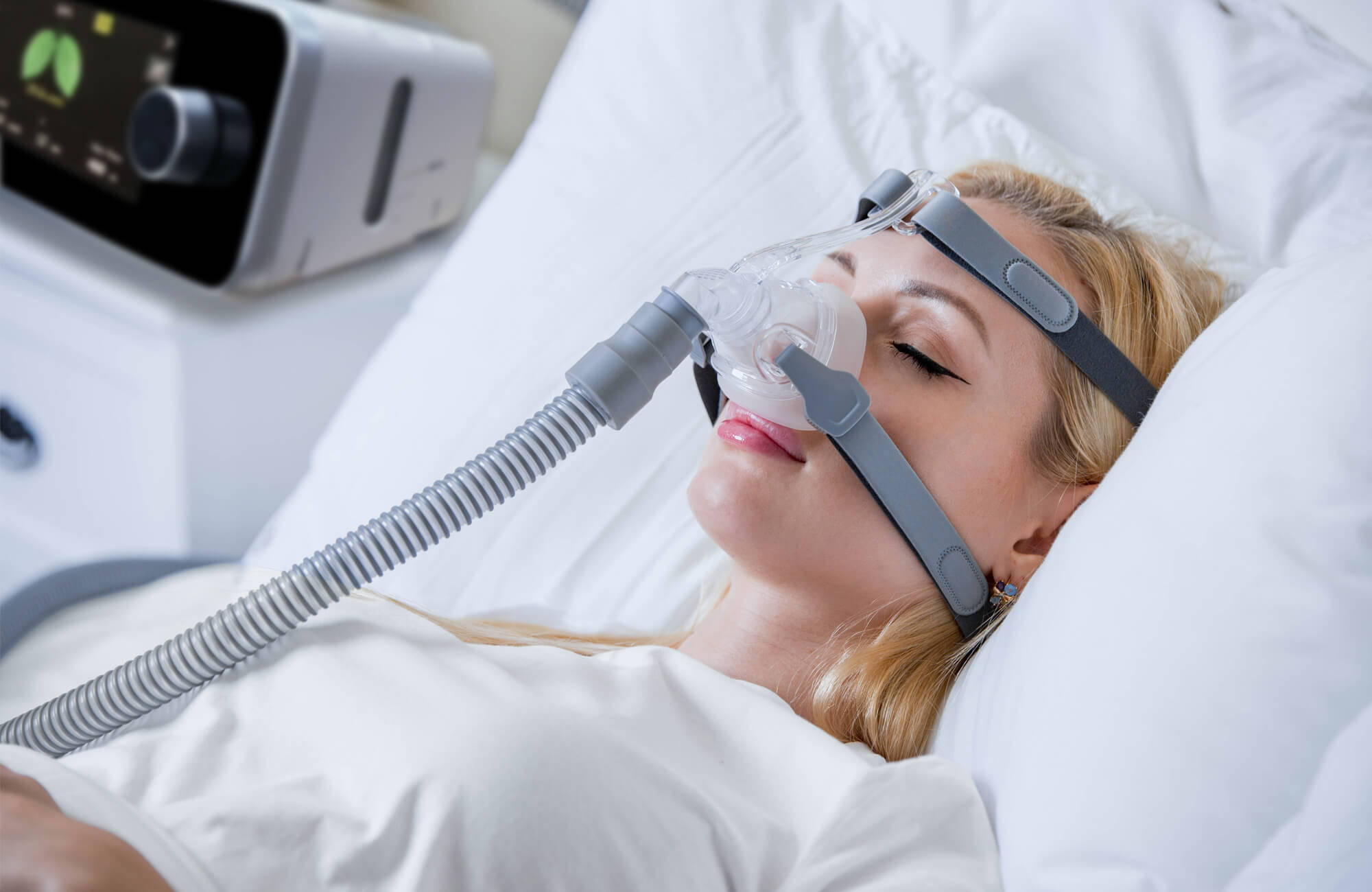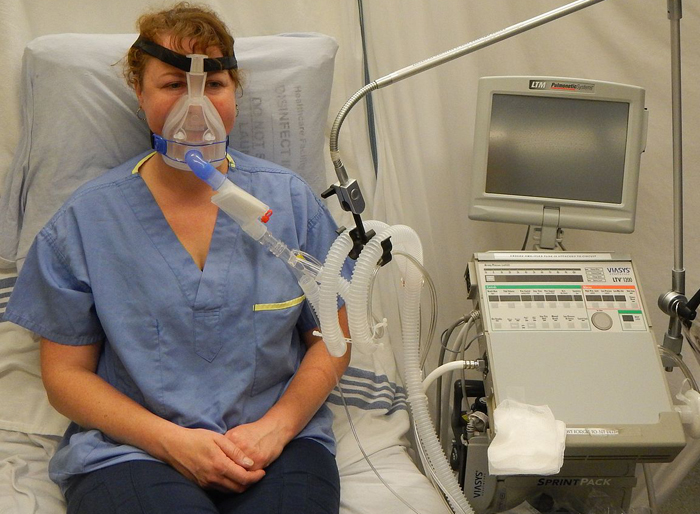Bipap vs. CPAP: Which Is the very best for Your Sleep Problem?
When navigating the complexities of rest disorders, the option between BiPAP and CPAP therapy is a vital factor to consider. While CPAP supplies a stable air flow suitable for obstructive rest apnea, BiPAP's dual stress setups might boost comfort for those with even more elaborate respiratory problems.
Recognizing Sleep Disorders
Rest problems encompass a range of conditions that interrupt normal sleep patterns, influencing both the top quality and duration of rest. These disorders can show up in various types, including insomnia, sleep apnea, narcolepsy, uneasy leg disorder, and parasomnias. Each condition provides distinct challenges, frequently resulting in significant daytime fatigue, cognitive disability, and psychological disruptions.
Sleeplessness is identified by problem dropping or remaining asleep, while sleep apnea entails duplicated disruptions in breathing during rest, often causing fragmented rest. Narcolepsy, on the various other hand, is noted by extreme daytime sleepiness and abrupt rest assaults. Uneasy leg syndrome creates unpleasant experiences in the legs, prompting an uncontrollable urge to relocate them, which can additionally prevent the capacity to go to sleep.
The effect of sleep disorders expands past private wellness, affecting overall efficiency, relationships, and high quality of life. Understanding the certain nature of each disorder is essential for efficient diagnosis and treatment. As sleep health and wellness ends up being progressively identified as a crucial component of total wellness, dealing with these conditions is essential for enhancing both rest quality and day-to-day functioning.
Just How CPAP Functions
Constant Favorable Respiratory Tract Pressure (CPAP) therapy is often used as a main treatment for obstructive rest apnea (OSA) The mechanism of CPAP entails making use of an equipment that delivers a constant stream of air through a mask worn throughout rest. This air movement keeps favorable pressure in the airway, protecting against the collapse or obstruction of the throat that can occur during rest.
When a client breathes in, the CPAP machine offers a continual circulation of air, making certain that the airway stays open - BiPAP Rental. This not only alleviates the symptoms of OSA, such as snoring and interrupted rest patterns, however also decreases the connected health and wellness threats, including cardio issues and daytime exhaustion
The pressure settings on a CPAP equipment can be tailored to meet specific client requirements, typically determined through a sleep study. Individuals generally undergo titration research studies to locate the optimal stress level for their distinct condition. Regular follow-up and modifications may be necessary to make certain performance and comfort. Overall, CPAP therapy has been revealed to considerably improve the high quality of rest and general wellness for individuals experiencing obstructive sleep apnea.
How BiPAP Works
BiPAP, or Bilevel Favorable Respiratory Tract Pressure, is a specific type of non-invasive air flow that is specifically helpful for people with problems such as complicated rest apnea or respiratory system conditions. Unlike CPAP, which supplies a constant stream of air at a single stress, BiPAP supplies 2 unique pressure setups: a greater inspiratory pressure for inhalation and a lower expiratory stress for exhalation. This dual-pressure approach enables easier breathing, reducing the a fantastic read initiative required during exhalation.
The tool operates via a mask fitted over the nose or mouth, connected to an equipment that generates atmospheric pressure. When the individual breathes in, the maker provides the higher stress to aid with air movement, making sure that the airway remains open. Upon exhalation, the machine instantly lowers the pressure, making it a lot more comfy for the client to breathe out.

Trick Distinctions In Between BiPAP and CPAP

On the other hand, BiPAP (Bilevel Favorable Air passage Stress) provides 2 different stress setups: one for breathing and a lower one for exhalation. This double stress system enables more comfy breathing, particularly for patients who have problem with breathing out versus a constant pressure. BiPAP is frequently advised for clients with intricate rest apnea, persistent obstructive lung disease (COPD), or those that need extra assistance throughout rest.
Moreover, the intricacy of BiPAP gadgets normally leads to a higher price and requires extra careful titration than CPAP. BiPAP Rental. Comprehending these vital differences can aid in recognizing which gadget might be better for particular sleep conditions, setting the groundwork for enlightened treatment choices
Picking the Right Treatment
The choice between BiPAP and CPAP therapy mostly pivots on the particular characteristics of the rest problem, the client's overall health and wellness, and their convenience with the device. CPAP, which supplies a continual stream of air, is frequently recommended for obstructive rest apnea (OSA)
Conversely, BiPAP gives 2 degrees of stress: one for breathing and a lower one for exhalation. This twin pressure system is advantageous for individuals with complicated rest apnea or those who experience trouble exhaling versus a continual pressure. Furthermore, BiPAP is typically recommended for people with respiratory system conditions, such as persistent obstructive lung condition (COPD), where differing stress settings can enhance convenience and compliance.
Inevitably, a complete evaluation by a sleep specialist, consisting of a sleep research study, can assist identify which treatment aligns best with the client's requirements. Variables such as convenience, convenience of usage, and specific clinical conditions ought to also be thought about to maximize therapy end results.
Verdict
In recap, both BiPAP and CPAP offer distinctive functions in the management of rest problems. CPAP is effective for obstructive sleep apnea with constant airflow, while BiPAP provides double pressure setups that improve convenience for those with complicated rest apnea or breathing concerns. The option in between these treatments need to be assisted by individual requirements and problems, necessitating an extensive analysis by a rest professional to make sure optimum therapy outcomes and enhanced quality of rest.

Overall, CPAP treatment has been shown to considerably improve the high quality of sleep and general health and wellness for people experiencing from obstructive rest apnea.
BiPAP is usually advised for individuals with complex sleep apnea, chronic obstructive lung condition (COPD), or those who require added support throughout sleep.
CPAP see this is effective for obstructive rest apnea via constant air flow, while BiPAP offers dual pressure settings that improve comfort for those with complex sleep apnea or respiratory issues.